In manga and anime, kouka-haikei 効果背景, "effect backgrounds," are backgrounds which express some sort of effect, like representing the emotion that a character is feeling.
Types
For reference, a list of various types of background effects.
Note that, among them, the ones that are rendered using only lines are also called "effect lines," kouka-sen 効果線.
Speed Lines
The "speed lines," supiido-sen スピード線, are parallel lines drawn across the background to represent the tremendous speed or characters or objects, making them one type of motion lines.
- hayai!
速い!
[He] is fast!
These lines also have a different use: sometimes they're drawn vertically, going up, even though characters are standing still. In this case, they represent a surge of emotion, excitement, anger, or other sort of fervor.
Focus Lines
Lines drawn from the edges of a panel in manga or from the edges of the screen in anime and going toward the center or to a focal point are called "focus lines," shuuchuu-sen 集中線.
They're used in various ways, including to emphasize a focused element:
- Context: Midoriya Izuku 緑谷出久 realizes something about himself.
- kono taiyaki ga boku'...desu!!
このたい焼きが僕っ・・・です!!
This taiyaki... is me!!- taiyaki たい焼き
A sort of fish-shaped pancake.
- taiyaki たい焼き
Or when a character is focused, concentrated, and about to use a skill:
- Context: a ninja activates their special eyes.
- byakugan!!
百眼!!
White eyes!!
Radiated Lines
When lines are drawn radiating from a character, that means the character is cheerful, is happy.
- Context: Nami ナミ cheers up.
- honto!?
ほんと!?
Really!?- hontou 本当 with the long vowel shortened.
Uneasy Lines
When lines are drawn curved like tentacles reaching out to a character or place, that means the place is creepy, the atmosphere feels weird, bizarre, the character feels uneasy, anxious, or angry.
These are called odoro おどろ, by the way.
Ropes
In manga, when a pattern that looks like ropes is drawn in the background of a panel, that generally means the character is worried or anxious.
These are called nawaami ナワアミ, by the way.
- ...okuyami wo tsutaete kudasai
・・・おくやみをつたえてください
...communicate my condolences. - makoto ni zan'nen desu to
まことに残念ですと・・・・・・・・・・・・
[Say] that [it was] truly unfortunate............
[Say] that [I'm terribly sorry for what happened]............
Dripping Blue Lines
The "dripping lines," tare-sen タレ線, are vertical lines drawn dripping from the top of the panel, used when a character feels down, depressed, or shocked, among other uses.
They're typically rendered as blue lines in anime and colored manga.
Beta Flash
The "beta flash," or betafura ベタフラ, is a white flash of light drawn on a background "filled with the black color," beta ベタ.
It's used when a character notices, realizes or deduces something.
- nyari
ニャリ
*grin*
Lightning
A lightning background is used when a characters feels shocked, when something shocking happens or when they come to a shocking realization.
Soap Bubbles
A background featuring "soap bubbles," shabon-dama シャボン玉, or other light shapes, is typically used for a soothing, calming, endearing, or romantic effect.
- Context: Akkun あっくん, who doesn't have friends, makes his first friends.
- genki...... dashite kudasai ne?
元気・・・・・・出して下さいね?
[Cheer up,] okay? - yoshi yoshi
よしよし
[There there]. - yokatta nee Akkun
よかったねーあっくん
[Isn't that great,] Akkun. - nadenade
なでなで
*pat pat*- Reduplication of:
- naderu
撫でる
To pat. To caress.
- ...yasashisa ga tsurai...
・・・優しさがつらい・・・
...kindness [hurts]...
Flowers
When flowers are used as background effect, it means a character has a gentle, fluffy personality, happy-go-lucky, to being in love or thinking about romance.
This effect is related to a few flower-related Japanese expressions, like saying someone's head is a flower field meaning they have a good humor. A related, non-background visual symbol is a flower sprouting on a character's head.
Anime: Maoujou de Oyasumi 魔王城でおやすみ (Episode 5)
- Context: Harpy is a monster girl that loves girls' talk, including talking about love and romance. She has wings, feather ears (hanemimi 羽耳) and uncute claws that she hides with detached overly long sleeves (moe-sode 萌え袖).
Lilies
Sometimes, lilies in the background of a scene featuring girl on girl romance is a visual pun on a Japanese term for lesbian fiction: yuri 百合, which means literally "lily," the flower.
Right: Kotoura Haruka 琴浦春香
Anime: Kotoura-san 琴浦さん (Episode 5, Censored)
Roses
Similarly, roses in the background in a scene featuring gay romance is a pun on bara 薔薇, "rose," which is a term for gay fiction.
Right: Harry Potter
Anime: Asobi Asobase あそびあそばせ (Episode 4)
Techniques
Besides the background effects listed above, here are some terms for techniques and patterns typically used in backgrounds.
Stippling
In art, "stippling," or tenbyou 点描, is the use of dots to shade an area. In manga, stippling isn't a very common technique, but it's sometimes used to shade light areas, like sand and soap bubbles.
Hatching
In art, hatching is the use of lines to shade an area. Cross-hatching is the use of lines that cross each other.
In manga, kakeami カケアミ is the term for a common hatching pattern in which lines are drawn in bundles, like scratches, and the bundles don't cross each other, but the lines within a bundle may cross each other.
In some cases, the bundles are outlined, turning into overlapped rectangles.
Halftoning
Halftone is a printing technique to render tones by using a pattern of dots with varying sizes and spacing. There are actually two types of halftones, and both are used in manga.
AM Halftone
The term amiten 網点, "dot net," refers to amplitude-modulated halftone. They look like a net, a grid made out of dots, points. At certain densities, it looks like a polka dots pattern.
- Context: Vignette ヴィネット just wants to get with the program.
- maa ii wa...
まぁいいわ・・・
Whatever... (never mind that.) - hajimemashou
始めましょう
Let's start. (already.)
Often this halftone is too small for the pattern to be discernible.
FM Halftone
The term suname 砂目, "sand grain," refers to the frequency-modulated halftone. It's a random noise often used to render gradients, though it can also be used on grainy textures.
Screentoning
A "screentone," sukuriin-toon スクリーントーン, is a semitransparent sheet of paper with one or more patterns or textures printed on it. Artists slice out pieces of the screentone in the shape of the areas that they want to apply the pattern to, and then paste it onto the drawing.
Most background effects you see in manga come from screentones, including the amiten, suname, and kakeami patterns, among others, like parallel strips, soap bubble patterns, flower patterns, and so on.
Furthermore, nowadays there are also digital artists who use digital software that can apply textures like these digitally.
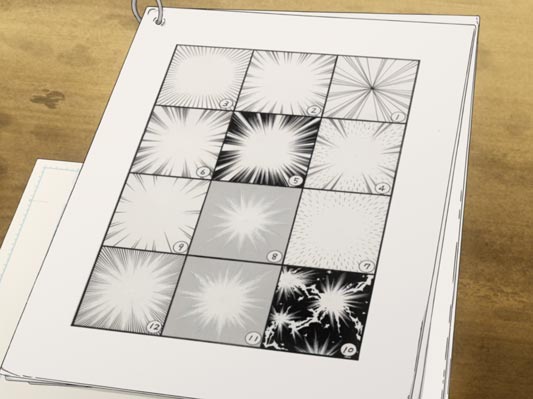
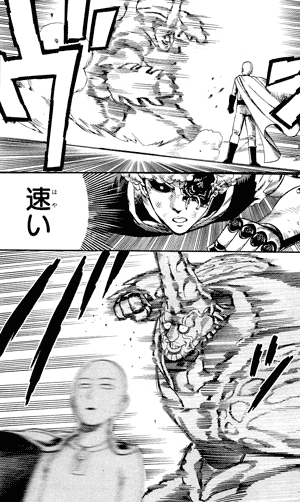
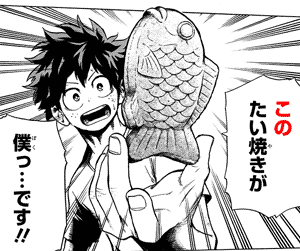
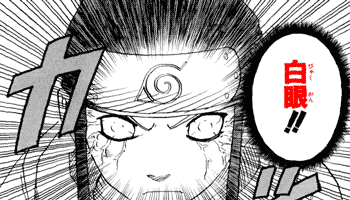
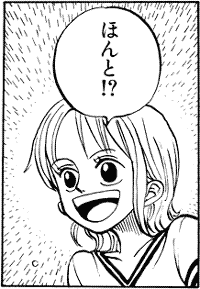
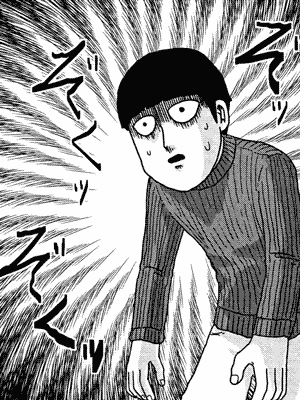
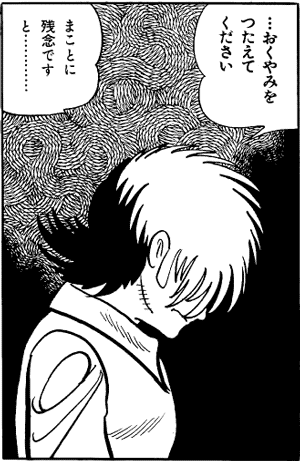
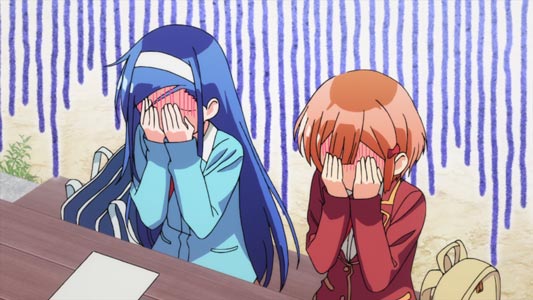
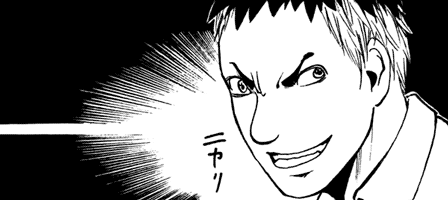
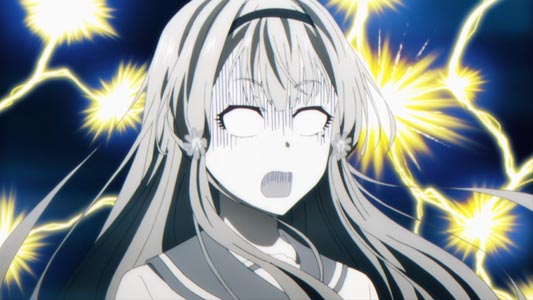
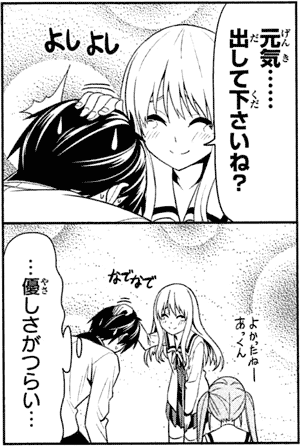

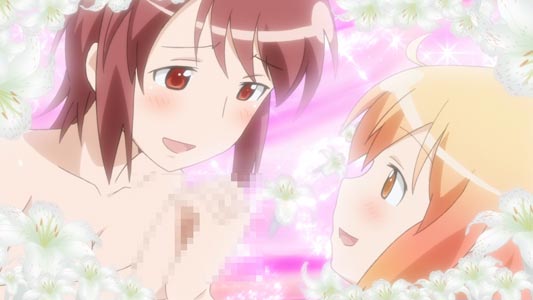
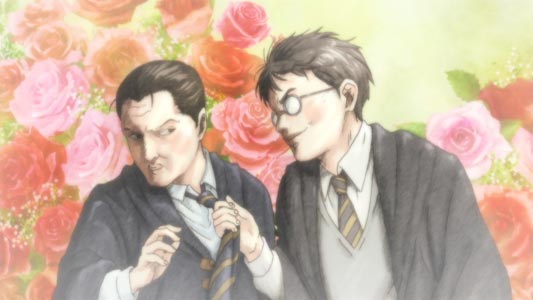
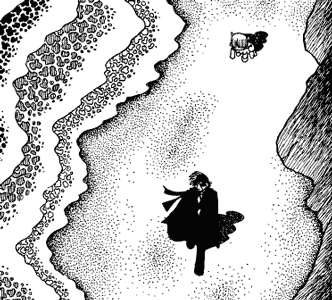
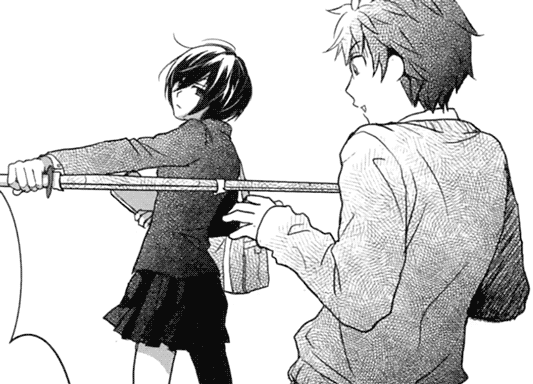
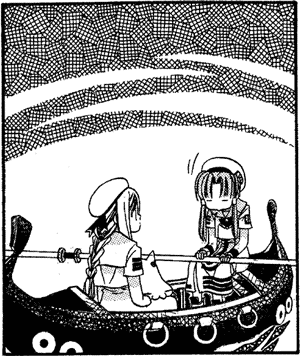
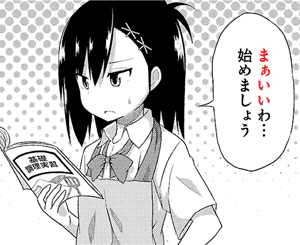
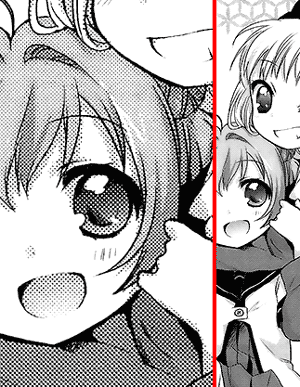
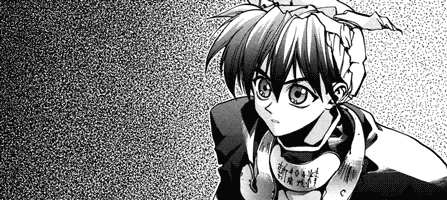
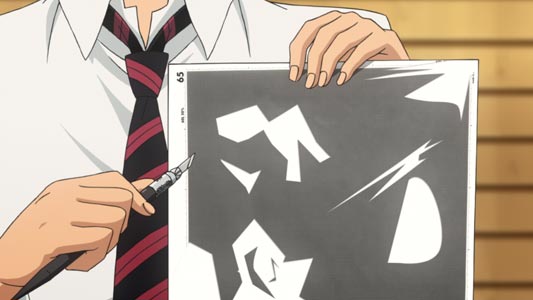
I have to say thank you as your post assisted me working on my thesis.
ReplyDeleteMy lecturer demanded to use some references to prevent the arbitrary in deciphering the usages of manga or anime effects, for example, why the usage of beta flash, so I found yours and use it.
For the second time, I say thank you very much.
Thank you - really informative!
ReplyDeleteHey! I'm a teacher creating a lesson about iconography in comics, and as someone who doesn't consume much manga, this post was SUPER helpful to me. Thank you so much for writing this up and sharing it!
ReplyDelete